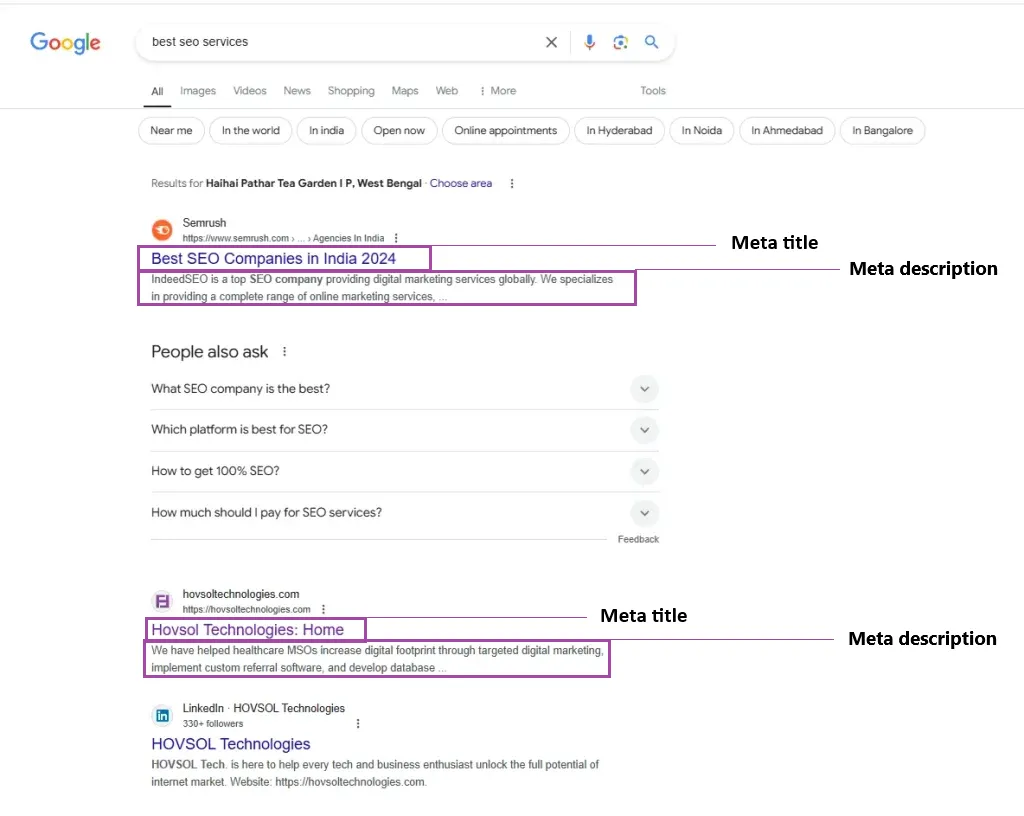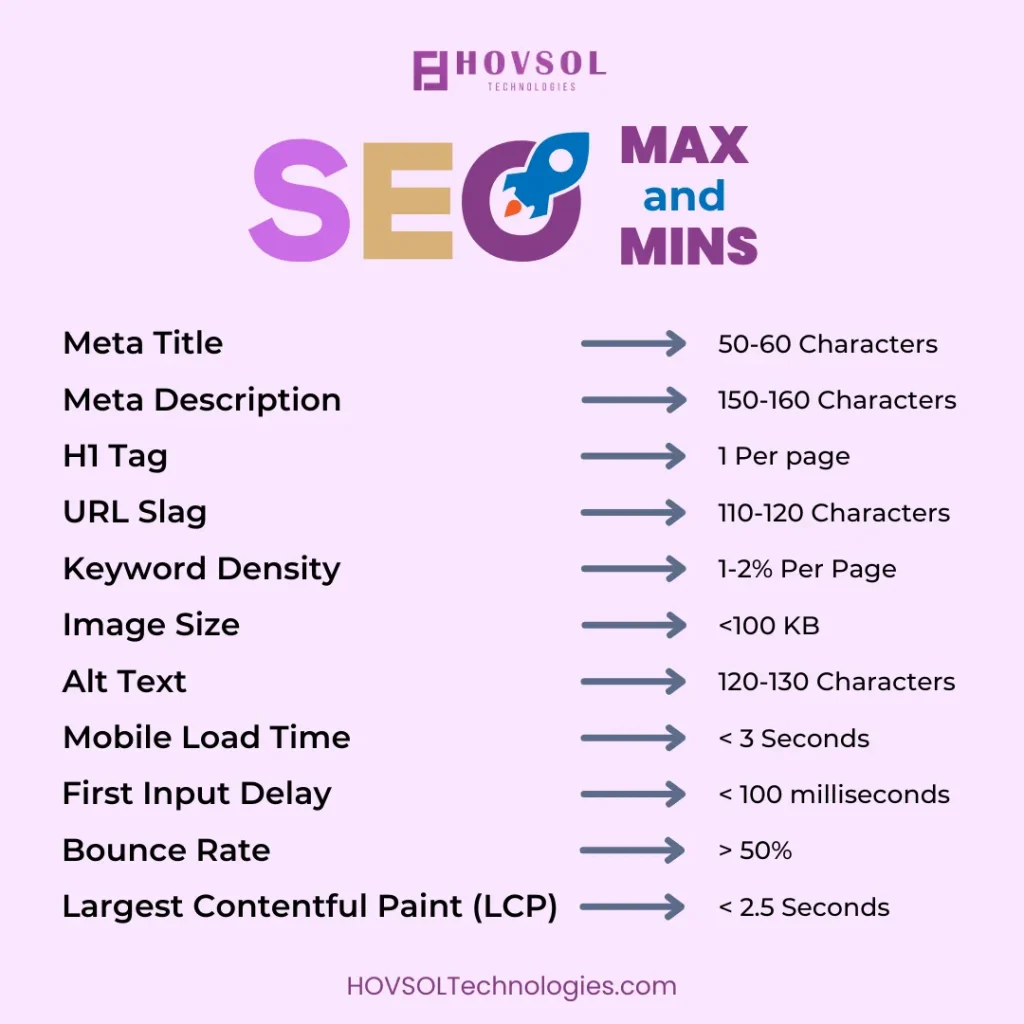Many small business owners overlook SEO aspect because of two main reasons
- They think the time and resource investment is not worth it
- They don’t have the expertise to do it on their own
Small businesses can greatly benefit by optimizing their website for search engines.
This article focuses on simple, low-cost and quick wins, many of which need only be done once to have a positive lasting effect. Let’s go.
A Few Basics
Begin by making sure that Google has your website indexed.
Being indexed simply means that Google is aware of your website. It doesn’t necessarily mean you rank for anything worthwhile, but it does mean there’s a chance of your site popping up when people search for relevant queries.
Not indexed = no chance of ranking for anything
Luckily, there are two easy ways to check whether your site is indexed.
The first is with Google Search Console.
Search Console > Pages

The valid number of pages marked in green is the number of pages Google has indexed for your site.
The other way around is to go to Google.com, then search for site:yourwebsite.com. It shows search results containing all the pages Google has indexed for your site. However, it can be slightly less accurate.
If Google returns at least one result, they know at least part of your site exists. If they return roughly the same number of results as pages on your site, then they likely have all pages on your site indexed.
If there are no results, then Google has no clue that your site exists.
You can also use the same query in Bing to check for indexation there.
Now let’s get started with this SEO stuff!
1. Create a Logical Site Structure
Here’s what Google says for creating a Google-friendly site:
Build your site with a logical link structure. Every page should be reachable from at least one static text link.
In plain English, that means that your site should make sense to navigate. Your homepage should link to your other important pages (about, content, services). Your services page should list and link to pages describing individual services. And so on.
This may sound obvious, but small business websites often fail to do this.
2. Keep Site Free of Broken pages and Links
Broken stuff are never good and the same goes for websites.
A website with broken pages and links imply it’s rarely updated, mostly neglected, and that the site owner doesn’t care about keeping their website functioning.
Start by finding broken (404) pages.
You can try free SEO tools like SEMrush or Screaming Frog to get a list of broken links and images.
Next is fixing them
- Reinstate the draft page (if you drafted them by accident)
- Redirect the draft page to an appropriate alternative or insert a new link altogether
- repalce broken images with new ones or remove the image if it doesn’t serve a purpose
Make sure to update your internal links regularly.
If you often change page URLs, it’s best to use a redirection plugin that automatically redirects older URL clicks to the updated ones.
3. Add Meta Title and Description to All Pages
Met adata plays a vital role in page rankings as they help search engines recognize your site’s vital data.
Meta title and description (sometimes called SEO title and description) are the headline and texts that appear on a search engines result page when you search something.
Every page on your website needs a unique meta description and title.
These are what you typically see in the Google search results:

These are the details that make your site stand out among other seach results. So make sure each page has a unique meta title and description that clearly conveys what people can expect by visitng the page.
Here are some best practices follow when crafting your SEO title and descriptions:
- Meta title lenght should not exceed 580px (~50 characters) and decription should not exceed 990px (~158 characters). If your title and description exceeds this length, Google will truncate them in the results and people won’t be able to read all of it
- Write the titles to encourage users to click on the link
- Include your target keywords in both title and description to increase search rankings
There are many tools where you can test how your page would look like in Google SERP and if your title and description follows the guidelines. Some of these are serpsimulator.com, SERP Simulator by Mangools, Google SERP Simulator by SEO Insights.
It’s possible that you may have missed some pages while inserting meta title and descriptions when creating the page.
Use technical SEO audit tools to find those pages and add meta title and descriptions.

4. Polish Your Written Copy
There’s is a saying in in the world of marketing—Content is king.
So you can understand how important it is to have quality contents on your site.
Search engines want to give their users the best and most reliable information. If your content does not meet that quality, it won’t show up on the top list.
Optimize the contents for your target audience, so they can easily grasp the information and get the answers to their questions.
Also, structure the contents to make them easy to navigate. For example, using heading tags appropriately helps you arrange the contents and allows readers to have a satisfying reading experience.
Use keywords where they feel natural but don’t overuse them as it will only kill the readability.
5. Get Backlinks
Google doesn’t only look at the copy and structure of your website when determining where you should rank. They look at many off-page SEO factors too.
Having your site listed on various directories and niche websites tells Google that your are popular within your industry, readers may find your website helpful and would boost your rankings.
There are many directory platforms where you can get listed for free. Some of these are GBP (Google Buisness Profile), JustDial, and Yelp.
When choosing a directory site, consider these:
- Choosing the right category
- Adding up to date information about business
- Uploading relevant photos
- Adding your opening hours
- Adding details about services
- Adding phone numbers
- Adding relevant amenities
6. Ask for links from the businesses with whom you’re affiliated
Link building—it’s something we have to talk about.
Links are the foundation of the original PageRank formula, which is the formula on which Google is based. Google has also admitted that links are one of the top three ranking factors (as of 2016).
Furthermore, when we studied almost one billion web pages, we found a positive correlation between referring domains (links from unique websites) and traffic.
SIDENOTE. Correlation ≠ causation. However, in this instance, it’s pretty safe to infer at least some causation here as the fact that links are important is no secret.
The problem? Link building can be daunting, especially for small business owners.
So, I’m not going to cover any elaborate strategies. I’m simply going to recommend one thing as a starting point: ask for links from businesses with whom you have existing relationships—e.g., suppliers, stockists, etc.
Look at this page:
This is a “stockists” pages. Lots of businesses have these—they list and link to all of the businesses that stock their products. Think about whether you sell any third-party products. If you do, these pages are an easy source of links.
Find them by Googling something like:
site:brand.com intitle:”stockists” OR intitle:”where to buy”
NOTE. Replace brand.com with the website of the brand whose products you sell.
If you find any pages like the one shown above, reach out and ask if they’d be open to listing you there too.
Don’t sell other brands’ products? Look for similar pages from your suppliers and other businesses you work with.
site:brand.com intitle:”our customers” OR intitle:”our clients”
Example of a page from a local accountancy where they list their clients.
Struggling to find any such pages? There’s always the option of providing such businesses with testimonials. These often end up getting featured on their sites along with a link.
LOOKING TO OUTSOURCE?
You just need to provide clear instructions to the freelancer you’re working with and supply them with the names/websites of the businesses with whom you’re affiliated.
However, I would recommend sending the emails yourself (or having one of your staff do it).
Here’s why:
There usually aren’t that many emails to send.
Finding someone who’s good at outreach will often take more time than just doing it yourself, especially for one-off tasks like this.
Looking for more ways to build links? Check out some of the articles below.
Going further…
Here are some other SEO tasks you might want to consider going forward:
Improve site speed: Google says that 53% of mobile website visitors will abandon the page if it takes more than 3 seconds to load. Many things can make your site slow—plugins, bloated HTML, etc. Check how fast your web pages load using Google’s PageSpeed Insights tool or GTMetrix. If those tools report a slow website, it may be worth hiring someone to improve your site speed. Here are some of the things you may want to work on.
Add schema markup: Schema markup can help Google to understand your website better. It can also change how your web pages appear in the search results. If you’ve ever Googled a recipe and seen review stars, cooking time, and other data in the search results, that is thanks to schema markup. For small businesses with a physical location, I would recommend looking into the LocalBusiness markup. If you have product or service pages on your site, look into Product and Service markup.
Note. As implementing such markup correctly can be complicated, it’s best to hire a freelancer to do this for you. Give them a spreadsheet with all the details they need and they can implement the markup on-site.
Start a blog (or work on your existing blog): Blogging is one of our main sources of new business and leads at Ahrefs. That’s hardly surprising, as we now get more than 220,000 visits per month from Google alone—an increase of 1,134% in around three years. If you don’t already have a business blog, chances are you’re leaving money on the table. Got a blog already? Read our list of 7 ways to promote your blog.
As far as we’re concerned, all of these things—including tackling issues reported in Site Audit—fall outside the scope of small business SEO. That’s because they’re somewhat advanced and can be costly.
They are, however, very much worthwhile if you have the budget to spare.
See our list of 12 SEO tips for even more ideas.
Final thoughts
SEO isn’t that complicated.
For small businesses, taking care of these SEO basics is often enough to put you ahead of the competition.




